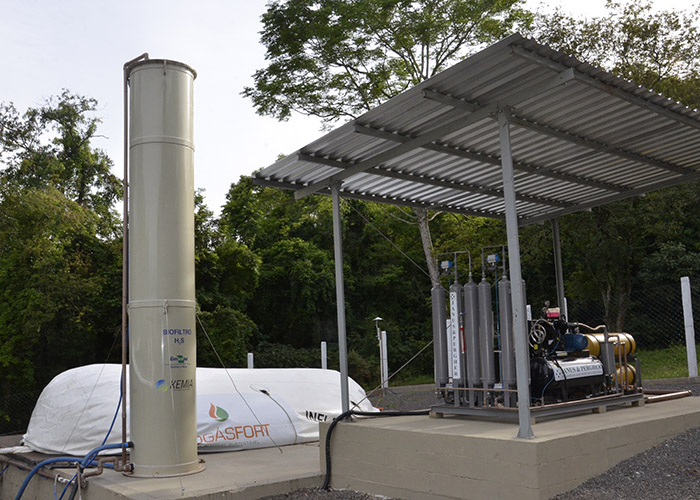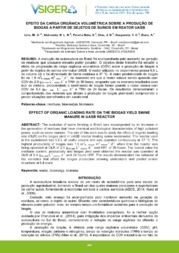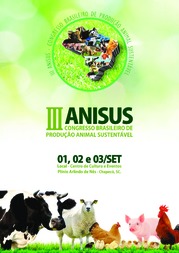Filter made with bacteria purifies biogas for vehicles
Filter made with bacteria purifies biogas for vehicles
Researchers from Embrapa Swine and Poultry developed a biofilter, a technology that uses bacteria to purify biogas generated from pig manure. The product is compatible with the concept of renewable energy and makes use of waste from animal production. The result of the process is biogas with low sulphur content, which can be used to generate heat, electricity or even vehicle fuel as a gasoline or diesel replacement.
The biofiltering process resulted from a research project to develop a biofilter with the aim of generating electricity from biogas derived from pig excretion in the town of Itapiranga, Santa Catarina, which was financially backed by the energy companies Eletrosul and Uirapuru Energy Transmission.
The biogas generated from pig manure has a high concentration of hydrogen sulfide, or sulfane (H2S), which is responsible for the corrosion of metals and engines. Such gas reduces the service life of electricity generators, spoils burners, and prevents the use of biomethane by vehicles.
Biofilter promotes a reduction of over 90% in the componen's tconcentration. “The desulphurization of biogas allows it to be directly used both for heating in boilers and to generate electricity, and it also favors the further purification in the case of the biomethane and vehicle use, which is the demonstration case we are implementing at Embrapa”, explains the analyst Ricardo Luís Radis Steinmetz, one of the members responsible for the development of the technology.
The equipment, which is being validated at a production scale, is part of the Biomethane Production Unit, known as BiogasFORT, and was presented by Embrapa to the public on October 30. “The aim of the Unit is to demonstrate the technological route and the opportunity to use the biogas generated from pig farming waste as a raw material to produce vehicle fuel”, stresses the researcher Airton Kunz, head of Research and Development of Embrapa Swine and Poultry and responsible for the project.
Airton Kunz explains how biomethane is produced at Embrapa's production unit
Embrapa's biogas-fueled car
Embrapa Swine and Poultry's Biomethane Production Unit is the first one in Santa Catarina and one of the first ones in Brazil in this scale for use as vehicle fuel. After going through the process of desulphurization and purification, the biomethane is used to fuel one of the vehicles from Embrapa Swine and Poultry's fleet.
The technology is similar to the one used in LNG-fueled vehicles and follows regulations as ANP Resolution No. 8, from Jan 30, 2015 (DOU Feb 2, 2015), and ANP Resolution No. 685, from Jun 29, 2017 (DOU Jun 30, 2017). In addition, it meets different commitments regarding energy production from renewable sources. One of these commitments relates to Strategic Development Goal - SDG 7 - Affordable and Clean Energy.
For the general head of Embrapa Swine and Poultry, Janice Zanella, the newly-presented technological route strengthens Embrapa's commitment to sustainability.
Photo: Marina Schmitt
For the general head of Embrapa Swine and Poultry, Janice Zanella, the newly-presented technological route strengthens Embrapa's commitment to sustainability.
Janice Zanella talks about the importance of research
The differential of the Biomethane Production Unit is precisely the possibility of the use of the biofilter, which makes the initial process of purifying the gas using treated pig excretion and ensures conformity with the stage of purification, which produces biomethane.
Bacteria clean the gas
The advantage of Embrapa's technology is that the purification process is biological, that is, H2S is removed through the action of sulfide-oxidating bacteria, with no need to use inputs. The process uses the effluent from pig manure and generates elementary sulphur, which can be used as a fertilizer.
In conventional processes, such purification can occur through chemical means, with caustic scrubbing, or physically, by inserting activated coal. “In both cases, there is still the issue of product management, which can be harmful to the farmer and to the environment. On the other hand, the biofilter's waste can be reused”, Steinmetz explains, pointing out that the technology is sustainable and safe.
The second step as the Biomethane Production Unit generates vehicle fuel is the purification of desulphured biogas. At this stage, moisture is removed by cooling, and there is compression. The system has the capacity to produce 9 to 12 Nm³/h of biomethane. After it is produced, the biomethane is stored in a reservoir with 50m³-capacity and pressurization of about 210 gkf/cm². The executive project for Embrapa Swine and Poultry's Biomethane Production Unit counted on a partnership with Janus & Pergher and Kemia Effluent Treatment.
How is biomethane produced?
The vehicle use of biomethane follows the same procedures of LNG supply. According to Steinmetz, with 15m³ of biomethane it is possible to estimate an autonomy of 230 to 300 km by a vehicle with such system. Generating this amount of purified gas takes about 300 female pigs. “That is an estimate based on our pig farm where the process is at a research scale”, he compares.
“It is a fuel produced from a renewable source, replacing the fossile source, and with no impact on the environment”, Kunz reinforces.
Translation: Mariana Medeiros.
Monalisa Leal Pereira (MTb 01139/SC)
Embrapa Swine and Poultry
Press inquiries
suinos-e-aves.imprensa@embrapa.br
Phone number: +55 49 3441-0400
Further information on the topic
Citizen Attention Service (SAC)
www.embrapa.br/contact-us/sac/




